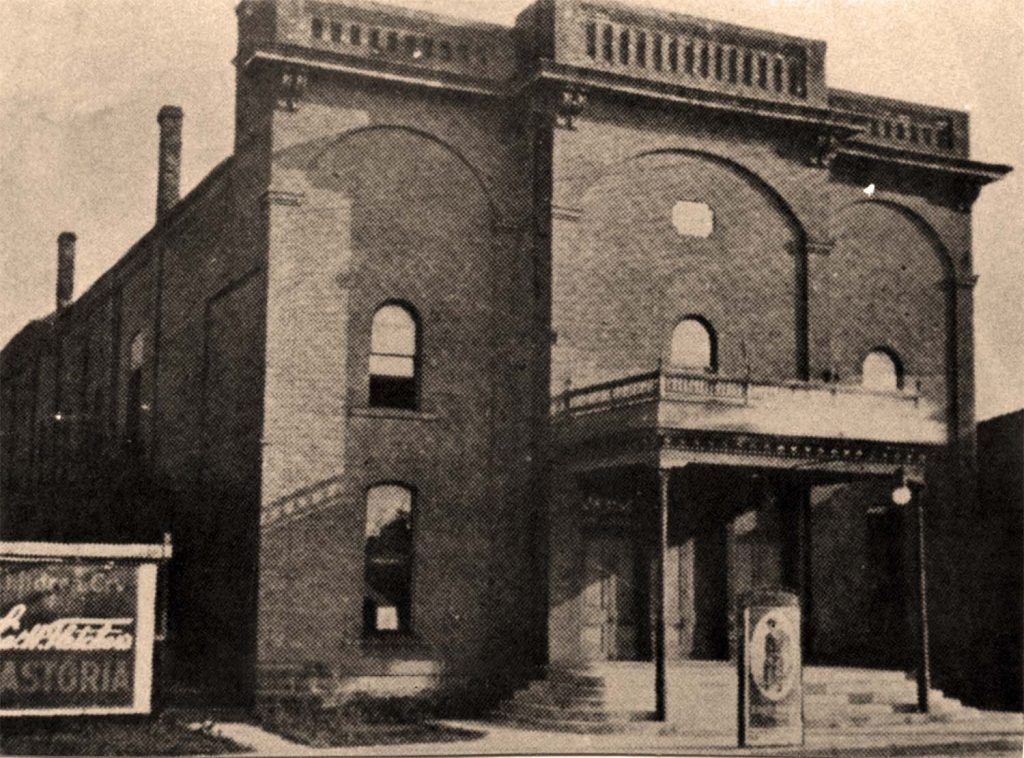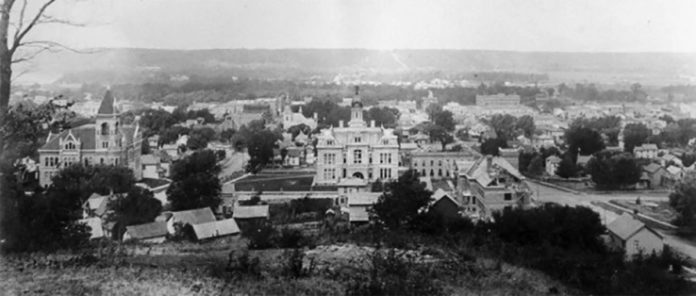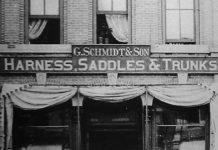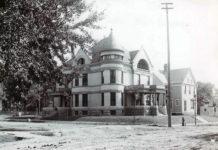This article was originally published in the blog, Betsy-Tacy’s Deep Valley
“I love the theater so much,” said Betsy, “that I wouldn’t care if the play was in Chinese. But Tib!” She grasped Tib’s arm suddenly. “It can’t be tonight we are going.”
“Why not?”
Betsy laughed merrily at Tib’s mistake. “It’s Sunday!”
“Yes,” answered Tib, “That’s the night Uncle Rudy got the tickets for, Sunday, the twenty-second.”
Betsy was silent, astonished. She could hardly believe her ears. They were going to the theater on Sunday. It was certainly Sunday, for they were on their way to church.
Nobody Betsy knew ever went to the theater on Sunday.
From Betsy In Spite of Herself By Maud Hart Lovelace
Theater on Sunday?
Wonder why Betsy was so surprised to go to the theater on a Sunday?
The answer is in an interview with Guy Crane, a stage manager of vaudeville theaters in Mankato, who was 86 years old when he was interviewed by Lowell Schreyer in 1975.
Crane worked at the Wonderland in 1908 and at the Unique in 1909; before he went to the Wonderland he had worked for a few months at the Opera House. His experience included many vaudeville acts including tap dance, minstrel troupes, comedy acts, song and dance, marionettes, hypnotists, magic and illusions, and, fairly common in those days, blackface acts.
Crane left Mankato in March 1909 to work in vaudeville theaters on the west coast.
Here are some interesting excerpts from the interview.

Mankato According to Guy Crane
Crane: There were no Sunday shows of any kind here, in those days. I used to work at the Opera House where they play here on Monday nights. Six a week. New Ulm on Sunday nights.
Schreyer: What was the average length of their performances in Mankato?
Crane: Three days
Schreyer: Did children come to the matinee and the evening performances or was it understood they be at only the matinee?
Crane: No, no. They went to night shows as well, the younger people that is. The children would be with their parents, as I remember.
Schreyer: What times during the day did the shows begin?
Crane: Well the matinee, I think, was 2:30. And the evening shows at 7:00 and 9:00.
Schreyer: So it was generally about an hour and a half show all together?
Crane: Yes, and they had another half hour to clear the audience and get in a new one.
Schreyer: Was the Opera House in operation at that time already?
Crane: Oh, the Opera House was old by then.
Schreyer: So, that actually would have been a competitor to the Wonderland?
Crane: Well, when the show was over in the Wonderland and they had the play still going on at the Opera House, we’d go over if we wanted to see the last of it.
Schreyer: Were they legitimate plays or were they the vaudeville acts as well?
Crane: Oh no, they were legitimate.
Schreyer: What were some of the plays that you got a chance to see?
Crane: Oh my, I worked there for about a year before that is, one winter, one season before I went to the Wonderland, in property and I helped with the scenery. Of course, I was a light weight in those days. Skinny as a rail. But, oh, “The Lion and the Mouse” and Joe Howard and a lot of George M. Cohan shows. Let’s see, what’s some of those Southern plays…“The Old Plantation” and things like that.
Schreyer: So that [Opera House] was more a legitimate playhouse than a vaudeville house.
Crane: Oh yes.
Schreyer: What’s the earliest time that you can recall a film – a motion picture being shown in Mankato?
Crane: 1906 “The Great Train Robbery.” That’s one of the first…I think that was the first.
Crane: The Opera House had one section of removable seats. They were cranked off under the dress circle of the theater.
Crane: Chauncey Olcott, they had big choruses with them. They played at the Opera House.
Schreyer: Chauncey Olcott, did you see him there?
Crane: At the Opera House. Oh my, you bet.




